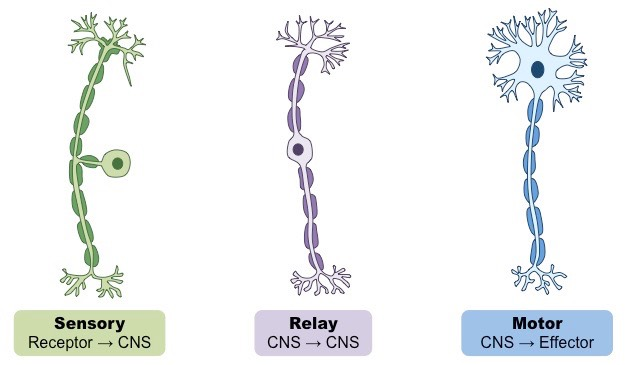C3.1 Integration of Body Systems
1/29
There's no tags or description
Looks like no tags are added yet.
Name | Mastery | Learn | Test | Matching | Spaced |
|---|
No study sessions yet.
30 Terms
Can you go through the biological hierarchy of all living organisms? Can you also give one example for each?
Cells → Tissues → Organs → Organ Systems (digestive system, nervous system) → Organisms (human, cheetah, plant)
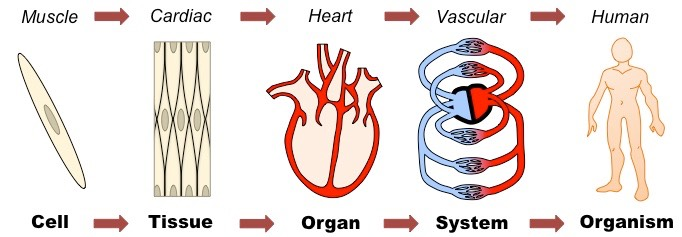
What are emergent properties?
Characteristics that come from individual components interacting within a system;
For example: A cheetah’s ability to sprint; Because it doesn’t just rely on muscle tissue, it relies on interactions between the skeletal, muscle, respiratory and circulatory system
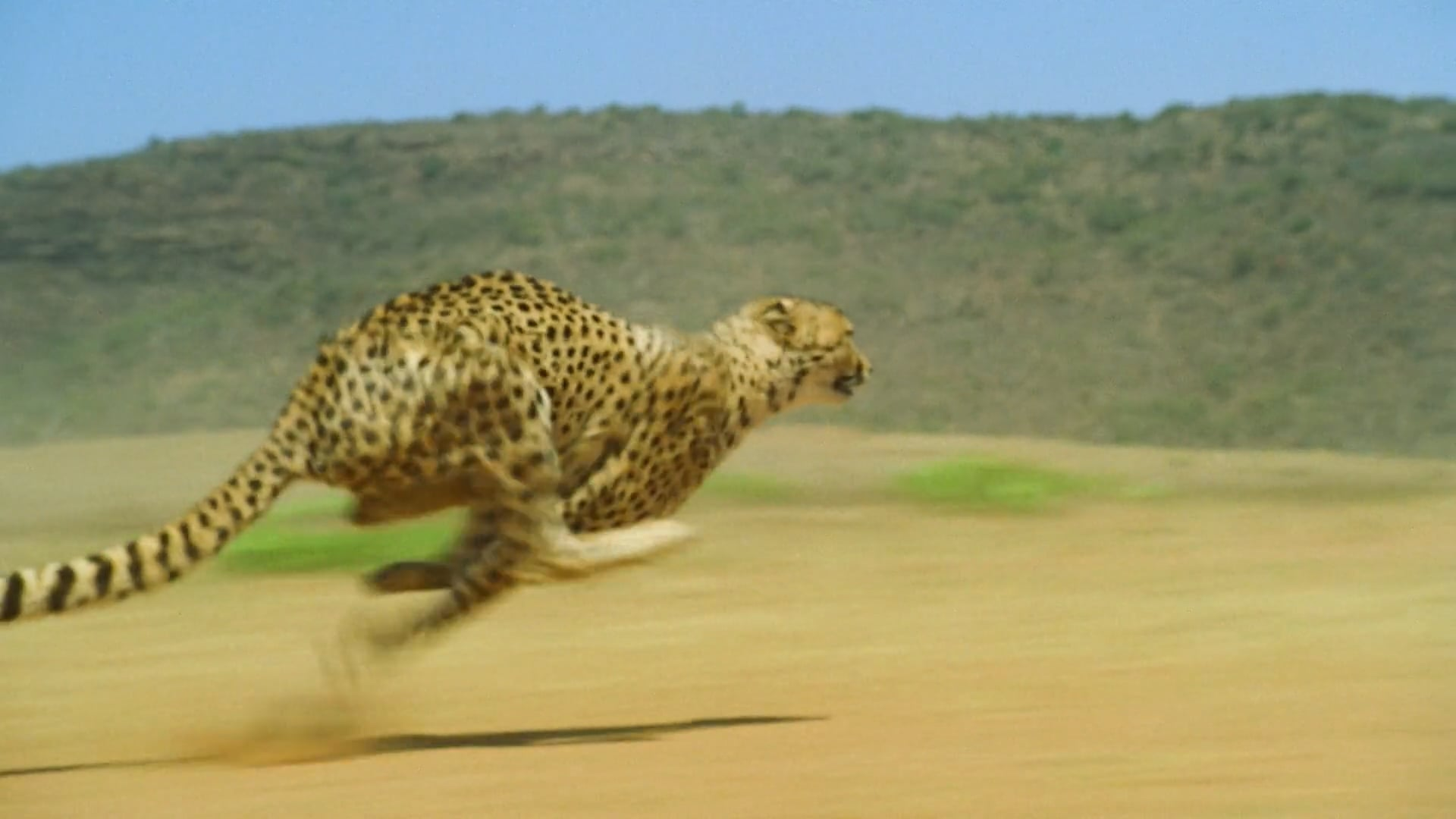
Which two systems does our body rely on to coordinate function?
Our body relies on the Endocrine System and the Nervous System, which includes both the Central Nervous System (Brain and Spinal Cord), as well as the Peripheral Nervous System (all other nerves connecting to organs).
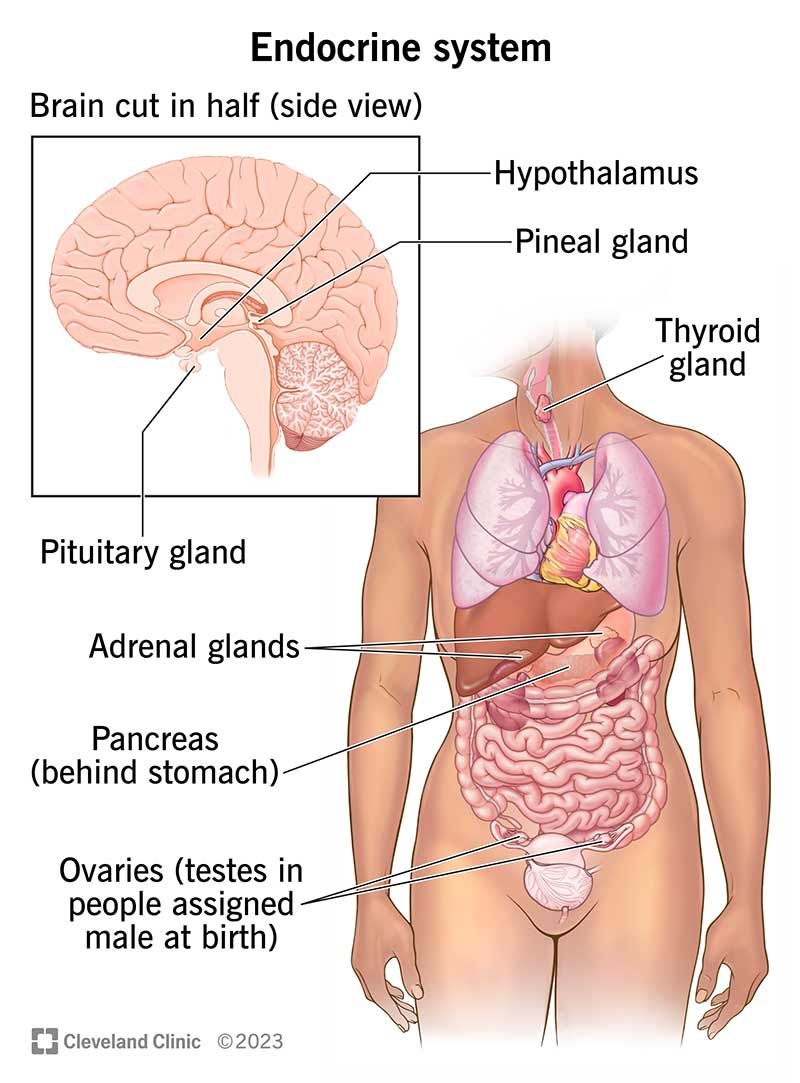
Why is the Endocrine System slower than the Nervous System?
Because unlike the Nervous System, the endocrine system can only send slow-acting hormones throughout the bloodstream, which are more responsible for long term processes like Growth, Metabolism, and Reproduction.
The Nervous System sends fast electrical impulses that act on effectors and cause us to move
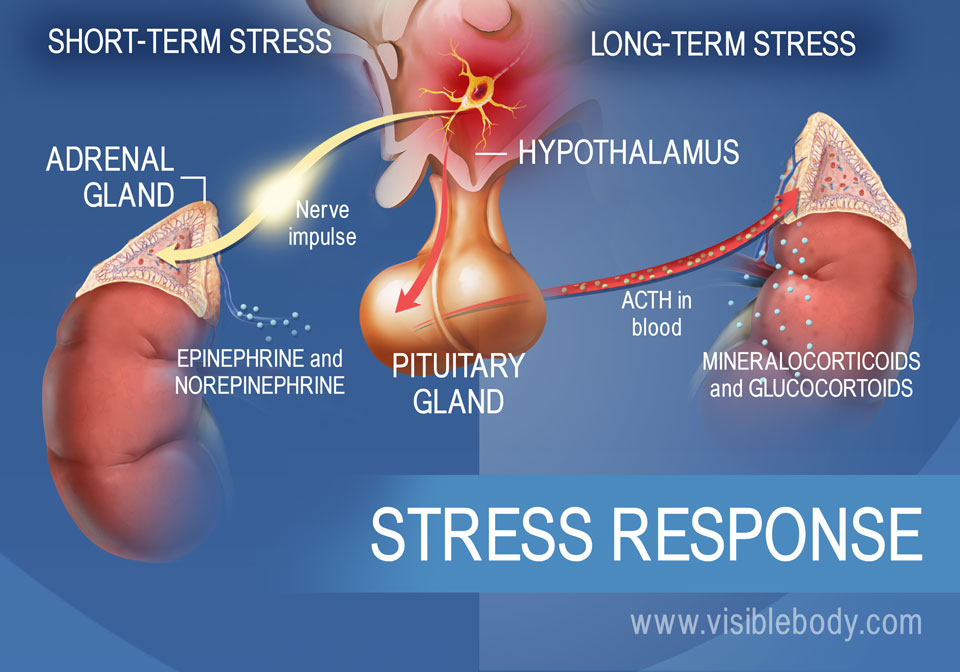
What does the Blood/Circulatory System transport? How is it working together with other organs to do this?
The Circulatory System Transports:
Oxygen and Glucose
Urea
Urea is produced by the liver, and is transported to the kidney through the circulatory system to be expelled/excreted from the body. Oxygen gets inhaled through our lungs, and the circulatory system transports the oxygen to our cells through the bloodstream (circulatory system). Glucose comes from the food that we eat, and it is also carried to our cells through the bloodstream; So that once it reaches the cells, it can be broken down by the mitochondria to produce ATP or store it as glycogen in the liver and muscles.
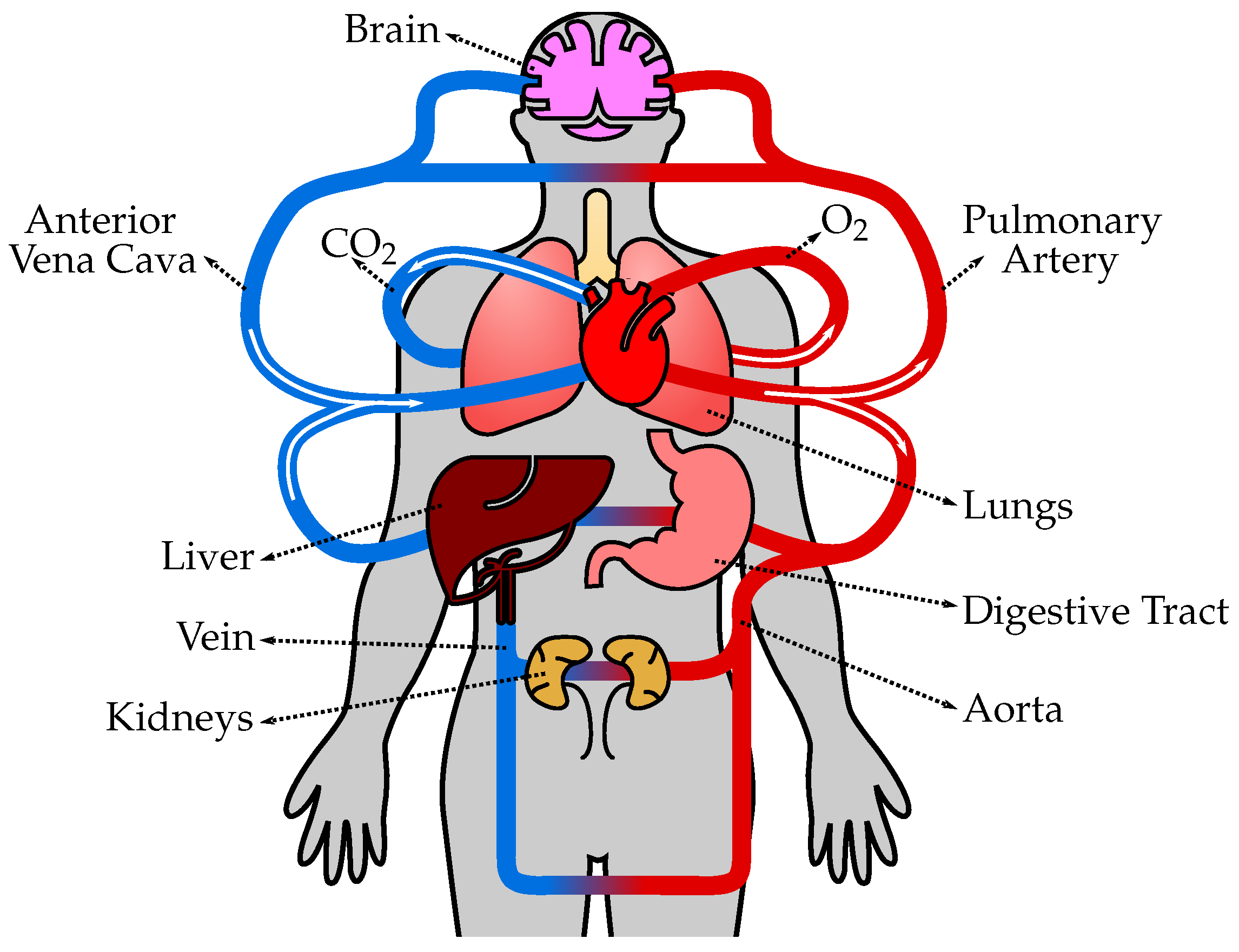
Compare and Contrast the Nervous System and the Endocrine System:
The Nervous System:
-Is made up of the brain, spinal cord, and nerves (bundles of neurons)
-Sends electrical impulses through bundles of neurons known as nerves
-Reaches the effectors which are the muscles or glands (part of the endocrine system)
-Very fast rate of transmission
-Effect is short-lasting once the electrical signals stop
The Endocrine System:
-Is made up of glands throughout the body (like the pituitary gland & thyroid gland)
-Hormones are secreted into the bloodstream
-Effect is long-lasting, especially for hormones involving growth and reproduction (testosterone and estrogen)
-Slow speed of transmission
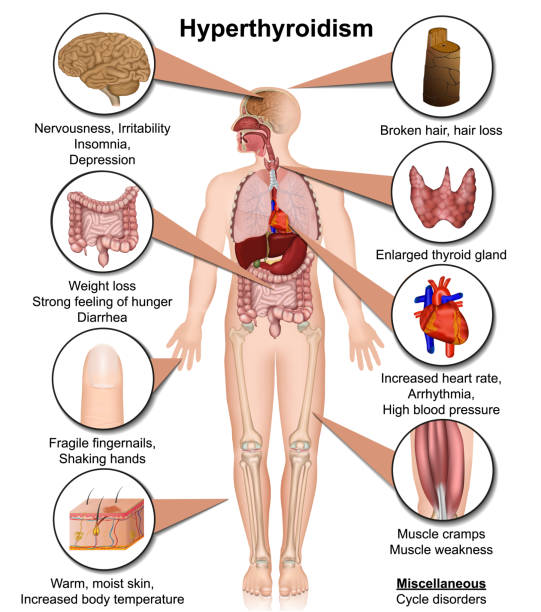
What are the three major structures of the brain that contribute a big part to the Central Nervous System?
Cerebral cortex = is responsible for intelligence, memory, consciousness and personality
Cerebellum = Responsible for balance, muscle coordination and movement
Brainstem (or Medulla) = responsible for unconscious processes like heart rate and breathing

What are some of the key structures in the brain that release a lot of hormones and play a big part in the Endocrine System?
The Hypothalamus = Regulates body temperature by controlling the hormones released by the pituitary gland
The Pituitary Gland = Produces hormones that regulate the menstrual cycle in women, FSH and LH, also produces Thyroid Stimulating Hormone (which stimulates the thyroid)
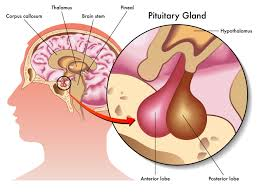
Which receptors provide sensory information that we are conscious of to the brain?
Photoreceptors: Are found in the retina of the eye and detect light and images for vision
Chemoreceptors: Located in the heart and the brain, specifically in the medulla oblongata of the brain
Thermoreceptors: Are found on skin and respond to temperature changes
Mechanoreceptors: Are found in our inner ear, and detect sound vibrations and balance shifts
what can you see, hear, touch, and taste
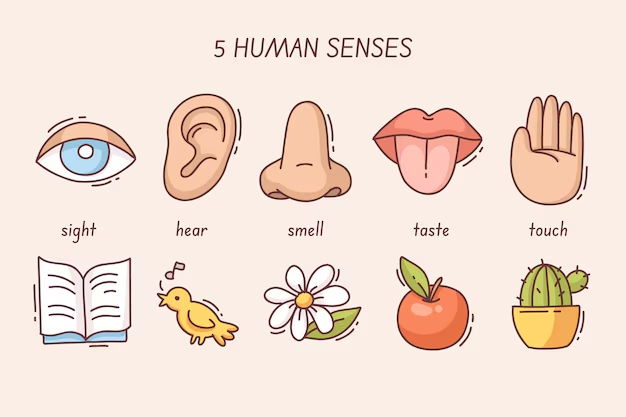
Which receptors send unconscious sensory information to the brain?
Osmoreceptors: Are found in the Carotid Artery and the Hypothalamus, and help monitor blood water levels
Baroreceptors: Are also found in the Carotid Artery and Aorta, and detect blood pressure changes
Proprioceptors: Are found in the muscles and joints, and send information about body movement and balance to the brain

What is the role of the Spinal Cord in controlling our reflexes?
For reflexes, the spinal cord skips the brain for speed, processing the response automatically (without the help of the brain) and inducing a response;
The only time the spinal cord sends information to the brain is when you experience normal sensations like pain, touch, temperature; Then the brain can make a decision on how to react
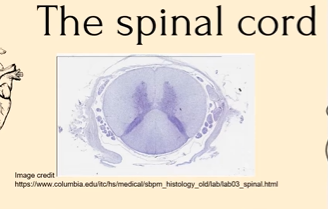
Here is a cross section of the spinal cord, what exactly is it showing?
It is showing that the spinal cord is made up of two parts:
The Gray Matter = made up mostly of neurons involved in spinal cord integration
The White Matter = made up mostly of myelinated axons of neurons that run up and down our bodies
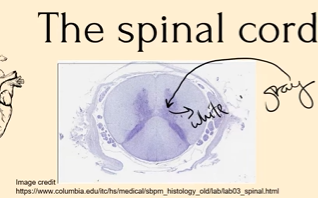
Describe the Reflex Arc:
Receptors in the hand or another part of the body (ex. thermoreceptors), detect a stimulus, and convert the stimulus into electrical energy
The Sensory Neuron (afferent, bc it is “affected”) takes that electrical energy and sends it to the Gray Matter of the Spinal Cord (the Central Nervous System)
That signal is then send to the Interneuron or Relay Neuron; which then sends it straight to the Motor Neuron (the efferent, causes the effect), which causes us to move our hand away from that stimulus
A signal is ALSO sent into the white matter and then up to the brain so that our brains are aware that something hurt
But what’s amazing is that we’ve actually moved our hands before our brain even knows that we’re in pain
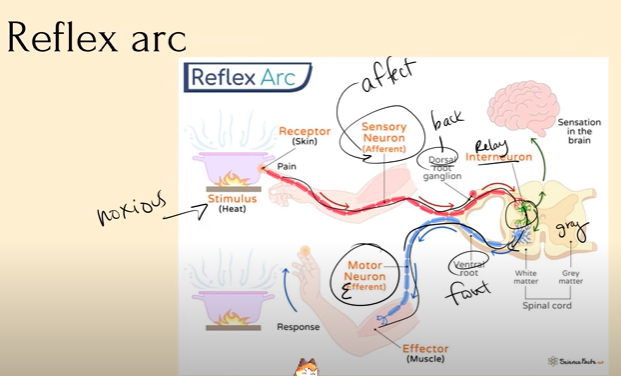
What is the role of the cerebellum in the brain?
The cerebellum doesn’t initiate movement, but it is responsible for refining and coordinating movement, making sure everything is smooth.
It helps with:
Balance, posture, walking, hand & finger movements when playing an instrument, eye movements, as well as fluid articulation of speech
Example: If you start losing your balance, the cerebellum will quickly correct your posture before you fall
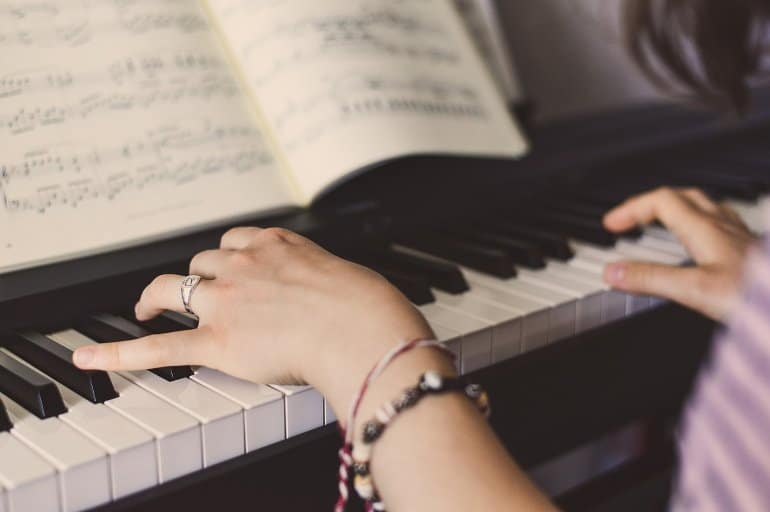
Which gland secretes melatonin? When are melatonin levels at their highest and lowest? What part of the body regulates the secretion of melatonin?
The Pineal gland secretes melatonin; Melatonin starts to increase in the evening to increase drowsiness, and is the highest during nighttime. But it starts to decrease at dawn (nearing morning), preparing the body to wake up and be alert.
Melatonin is regulated by light detection in the retina, which helps to reset melatonin cycles daily.
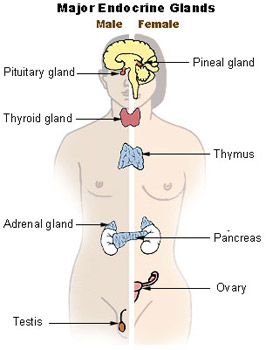
What effect does melatonin have on the body?
It reduces our core body temperature to help us sleep
It decreases the production of urine so we don’t feel the need to constantly awaken and pee
Maintains a 24 hour rhythm even without light, but it will gradually start to shift without daily light exposure
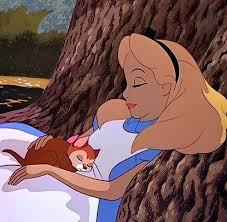
Which gland secretes Epinephrine? When is it secreted?
Epinephrine is secreted by the adrenal gland in response to stress, fear, or excitement. It prepares the body for taking rapid action by triggering the “flight or fight response”

What effects does epinephrine have on the body?
It increases heart rate, supplying more oxygen and glucose to muscles so that they can move faster. It also increases aerobic respiration, and increases blood flow to important regions of the body, while keeping blood flow to the brain constant so that we can have good cognitive abilities even under stressful situations.
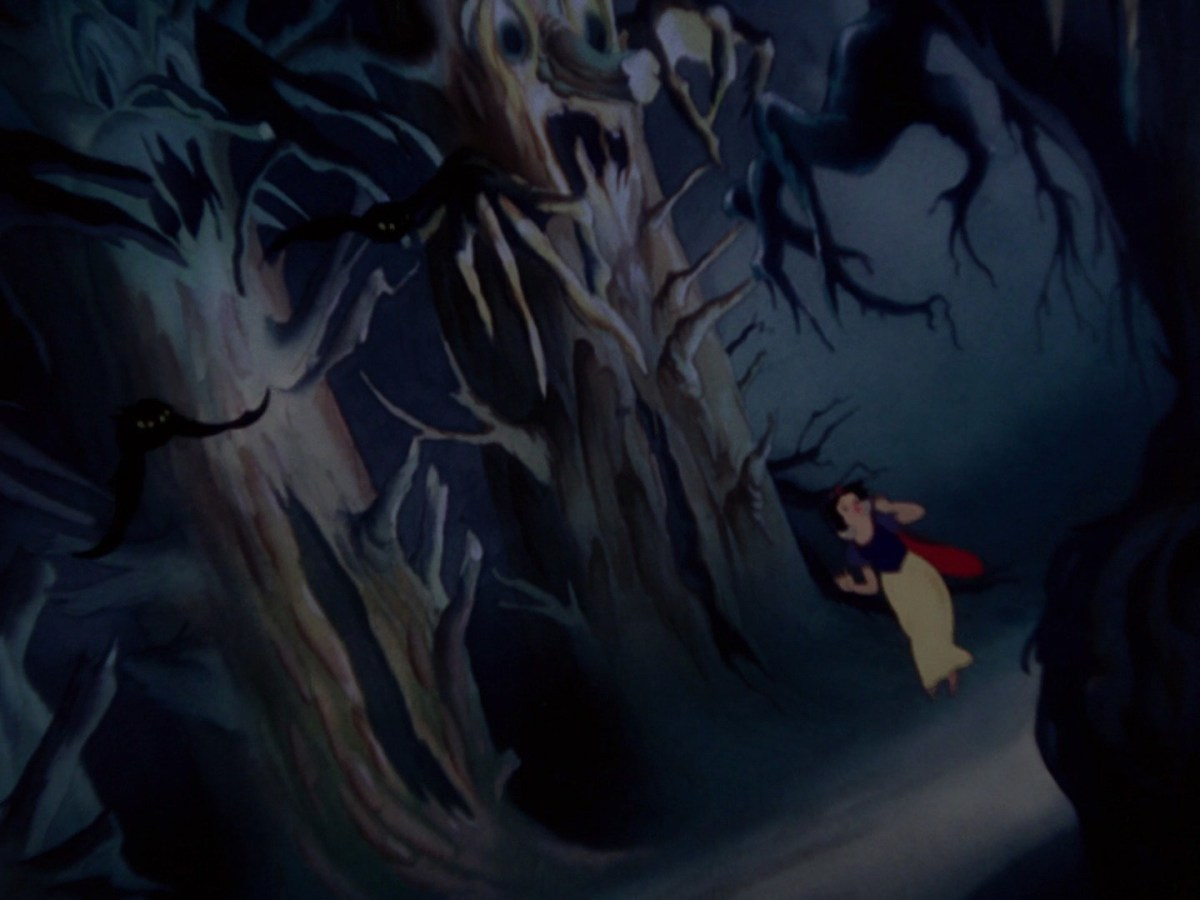
What is the function of the hypothalamus vs the pituitary gland?
The hypothalamus is responsible for monitoring blood composition, producing ADH (antidiuretic hormone) if blood becomes to concentrated. It also releases oxytocin during labor, breastfeeding, and sexual activity.
But overall, the hypothalamus doesn’t actually release ANY hormones itself, but, it controls the release of hormones by other glands, such as the Pituitary gland.
The Pituitary Gland is more like the Hormone Release Centre; It is divided into two sections: The Anterior and Posterior Pituitary;
The Anterior (in the front) Pituitary = Produces and secretes Growth Hormones
The Posterior Pituitary = Stores and Releases Hormones made by the
hypothalamus, like ADH and Oxytocin
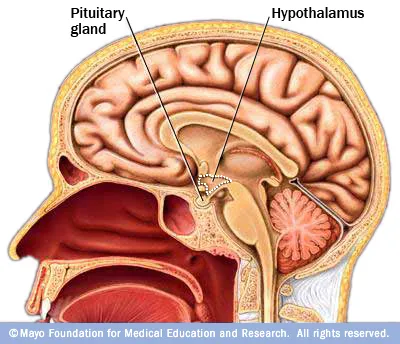
How is Blood Pressure Regulated by the Medulla Oblongata and Receptors?
Blood pressure is regulated by the Medulla Oblongata in the brain along with Baroreceptors located in the Aorta and Carotid Artery.
Whenever Baroreceptors detect an increase in blood pressure because of stretching in the arteries, it sends signals (in the form of action potentials) to the Medulla Oblongata in the brain. It tells the medulla oblongata that the heart is working too hard, and the pressure needs to be lowered.
On the other hand, if Baroreceptors detect that the blood pressure is too low, then it sends signals to the Medulla Oblongata that things are moving too slowly, and that it needs to increase heart rate and blood flow to the vital organs.
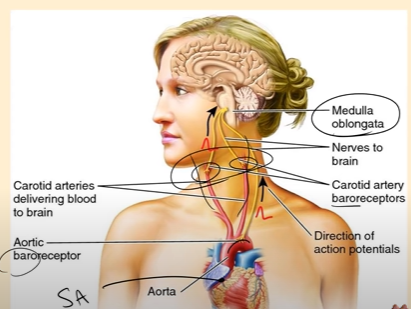
How does the Medulla Oblongata work together with Receptors to regulate breathing?
In the pons, above the medulla oblongata, we have some “respiratory groups” which keeps us breathing normally at rest.
When we start exercising, we start to produce more Carbon Dioxide as a waste product, and that CO2 is going to combine with water in our bloodstream to form carbonic acid H2Co3.
The increase in H+ ions makes our bloodstream more acidic (have a lower pH); Chemoreceptors in the Medulla Oblongata notice this decrease in pH, and signals to the internal and external intercostal muscles to contract faster, increasing breathing rate, and helping to remove CO2 at a faster rate.
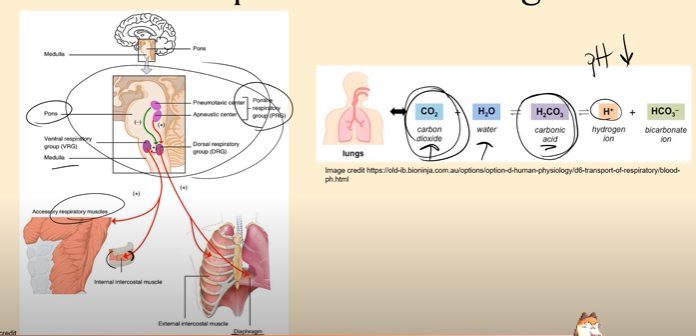
Which system controls Ingestion, Digestion, and Egestion?
Ingestion = putting food into our mouths; It is a voluntary muscle movement controlled by our central nervous system
Digestion = occurs as the food moves through our digestive tract; It is involuntary, so it is not controlled by the central nervous system; It is controlled by the Enteric Nervous System
Egestion = Is also controlled by the central nervous system because it is voluntary
What is peristalsis referring to? Can you describe the process of peristalsis?
Peristalsis is referring to the way food is moved through the digestive system; Peristalsis is an entirely involuntary process controlled by the Enteric Nervous System.
First, food enters the esophagus after swallowing. And the Bolus (ball of chewed food) moves into the digestive tract.
The stretch receptors inside the walls of the digestive tract expand, which triggers the circular muscles in the walls of the digestive tract to contract, pushing the Bolus forward.
Longitudinal muscles ahead of the food also contract, pulling the food forward. This process repeats over and over again as food keeps moving down the digestive tract.

What are Tropisms?
Tropisms is the directional growth of a plant in response to external stimuli like light, gravity, or touch. Tropisms can either be positive, growing towards the source of the external stimuli, or negative, growing away from a stimulus.
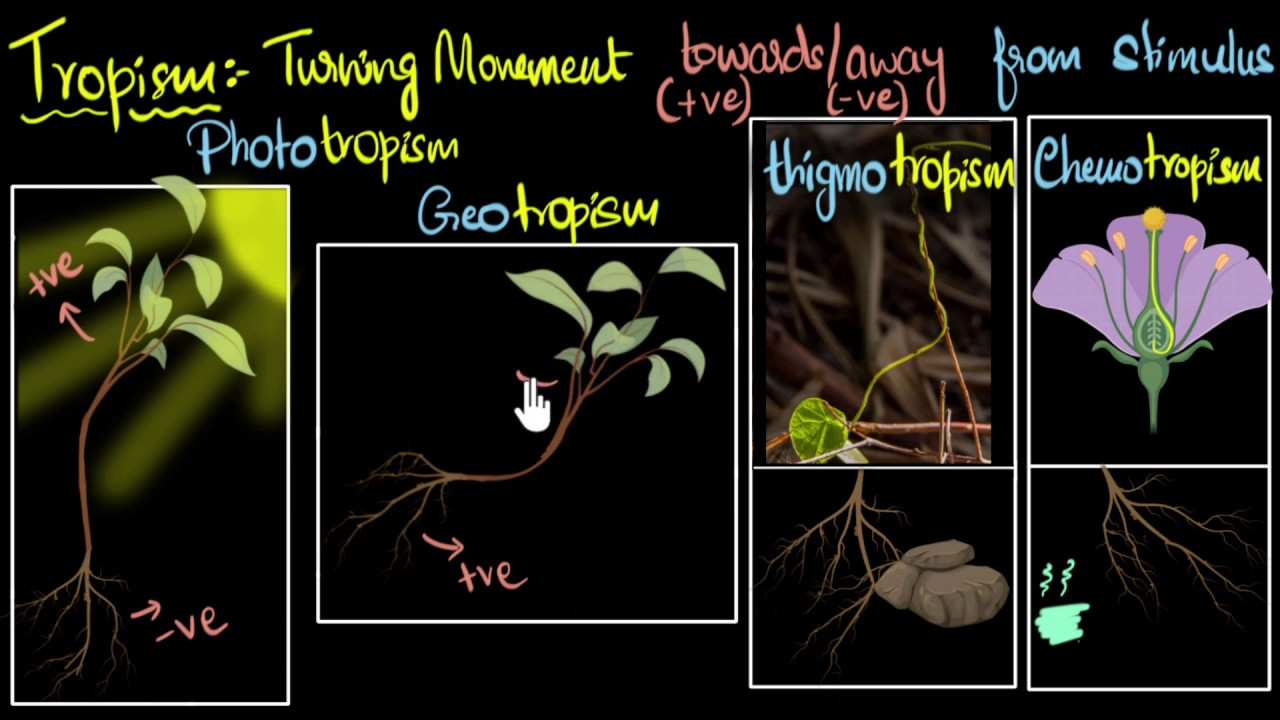
Can you give 3 different examples of Tropisms?
Phototropism = Where shoots grow towards the light (positive phototropism)
Gravitropism = Roots grow downwards (in positive gravitropism) and Shoots grow upward (negative gravitropism)
Hydrotropism = Roots grow towards moisture, maximizing uptake (always positive hydrotropism)
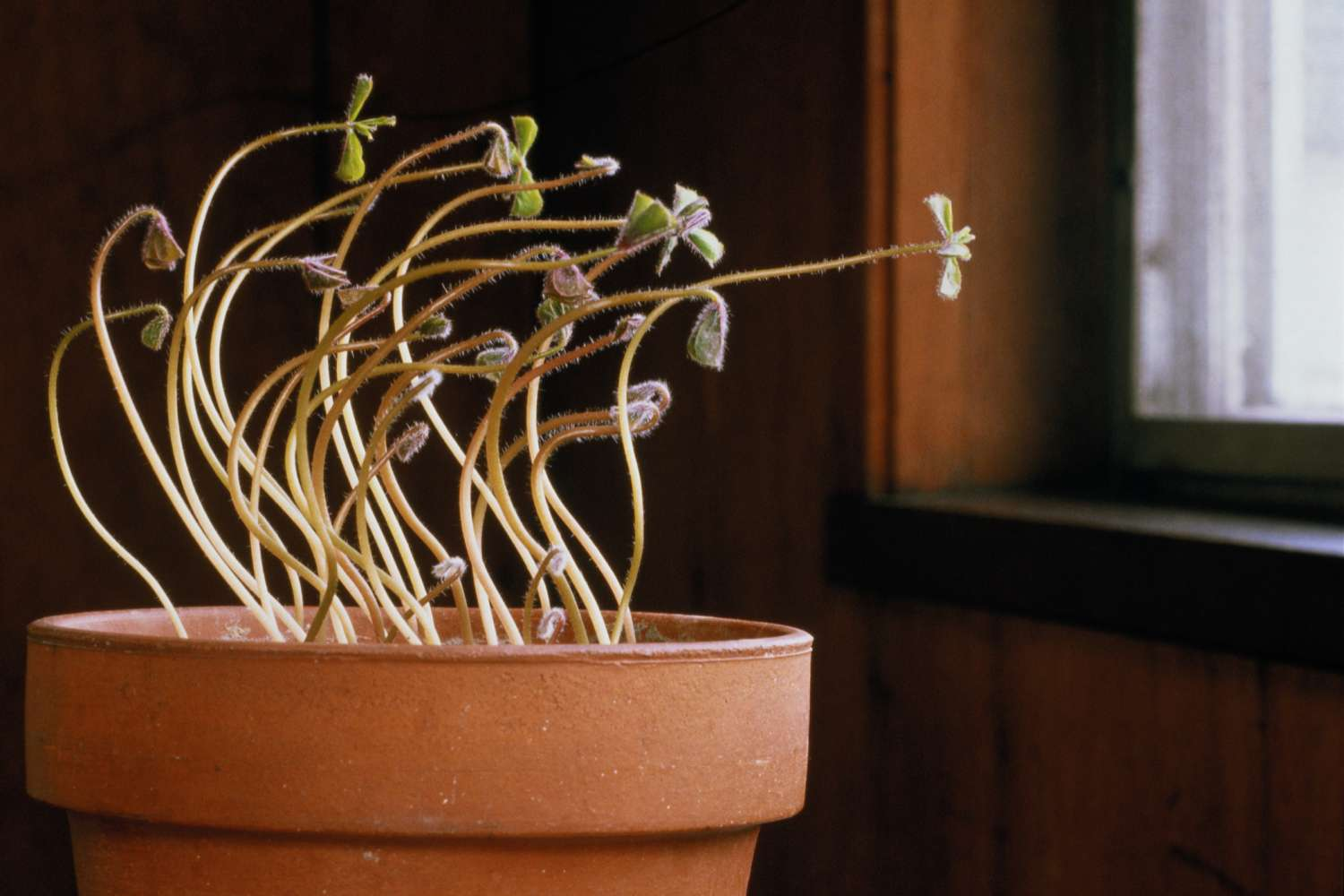
What are Phytohormones? Can you name the 6 key plant hormones and what their function is in plants?
Phytohormones are the hormones that regulate the growth, reproduction, and adaptation of plants
Auxin (IAA) = Promotes cell elongation and the growth of roots and shoots
Abscisic Acid = Suppresses plant growth and promotes dormancy
Cytokinins = Increase cell division and growth in roots and shoots
Ethylene = Promotes fruit ripening and the shedding of leaves
Gibberellins = Controls cell elongation, Seed Germination and Flowering of plants
Brassinosteroids = Helps regulate the growth response of plants under stress
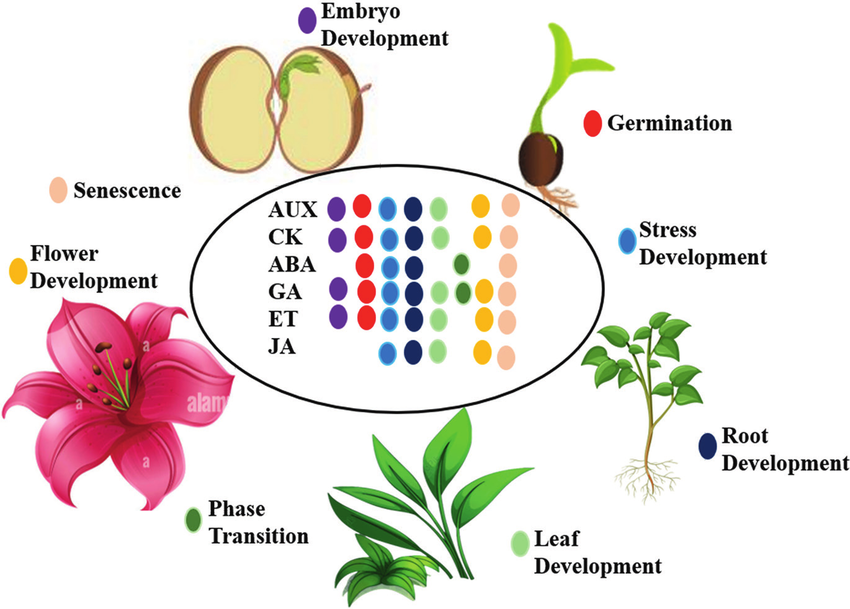
How does Auxin create a Phototropic Response?
When a plant is exposed to Light, Auxin is redistributed; Higher concentrations of Auxin start accumulating on the shaded side of a plant stem. And this leads cells to elongate more on the shaded side, causing them to bend towards the light!
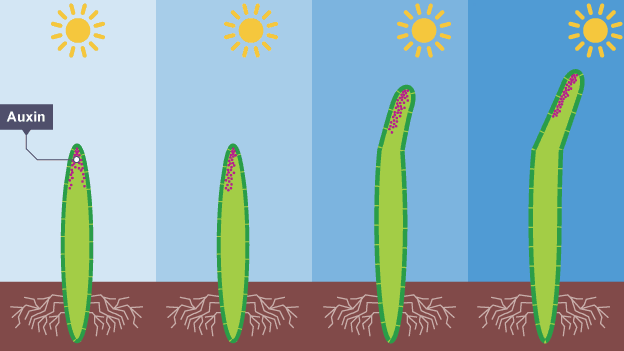
What is Ethylene and what does it to do help a plant grow? What kind of feedback mechanism does it follow?
Ethylene is a gaseous plant hormone that accelerates the ripening of fruits;
Fruit ripening is a positive feedback loop, so once a fruit starts producing ethylene gas, this signals to the fruits to initiate ripening;
Then, Ethylene gas starts to spread to nearby fruits, which start producing their own Ethylene in response, and more and more Ethylene keeps being produced, to make sure that all of the fruits ripen together.
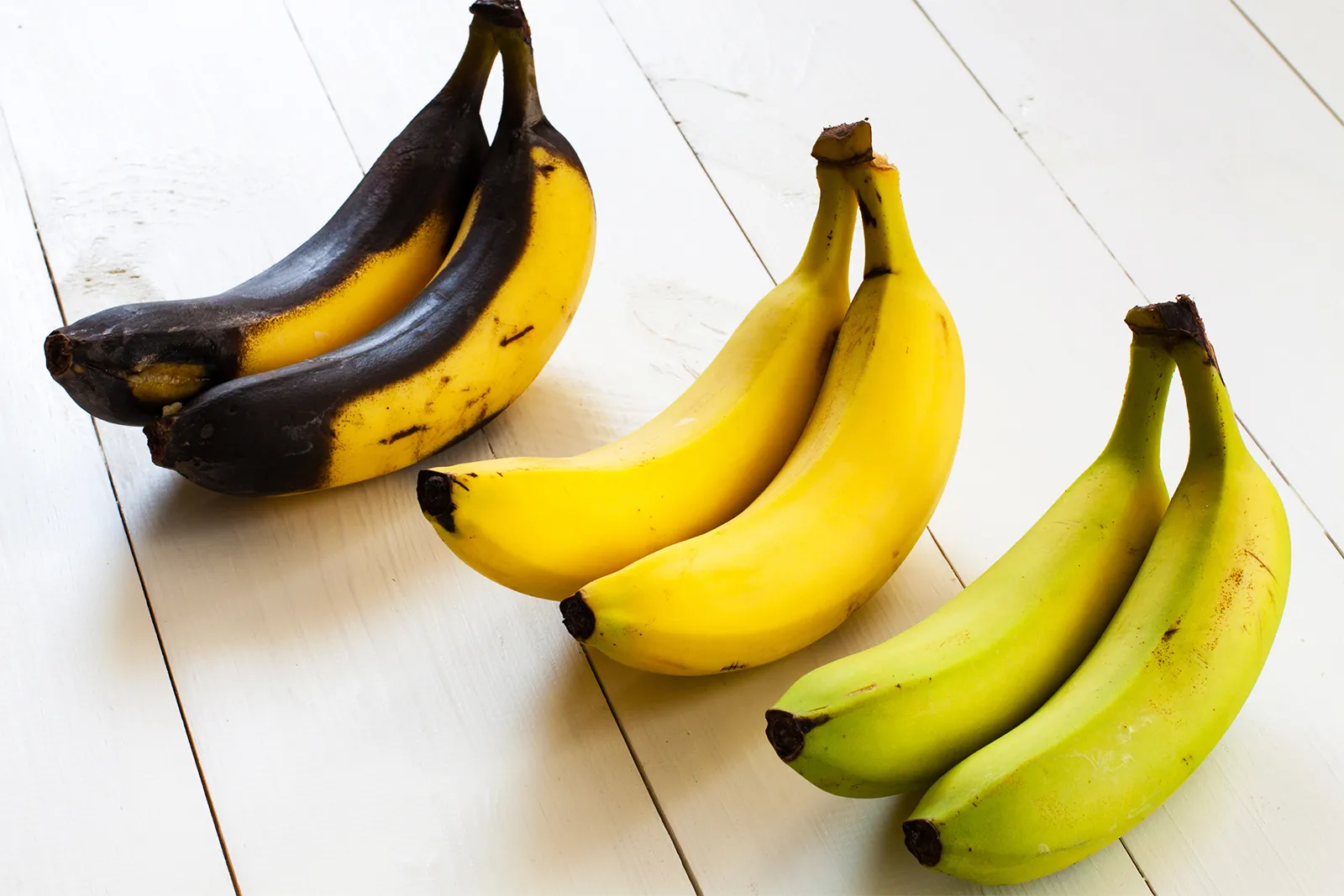
Why is it important that Ethylene works in a positive feedback loop?
Evolutionarily it is important because it makes sure that all fruit becomes ripe at the same time, so that when animals consume the fruit, they consume ALL of the fruit, benefiting seed dispersal.
Commercially, Farmers use artificial Ethylene gas to make sure that the fruit ripens more evenly when it is stored or transported.
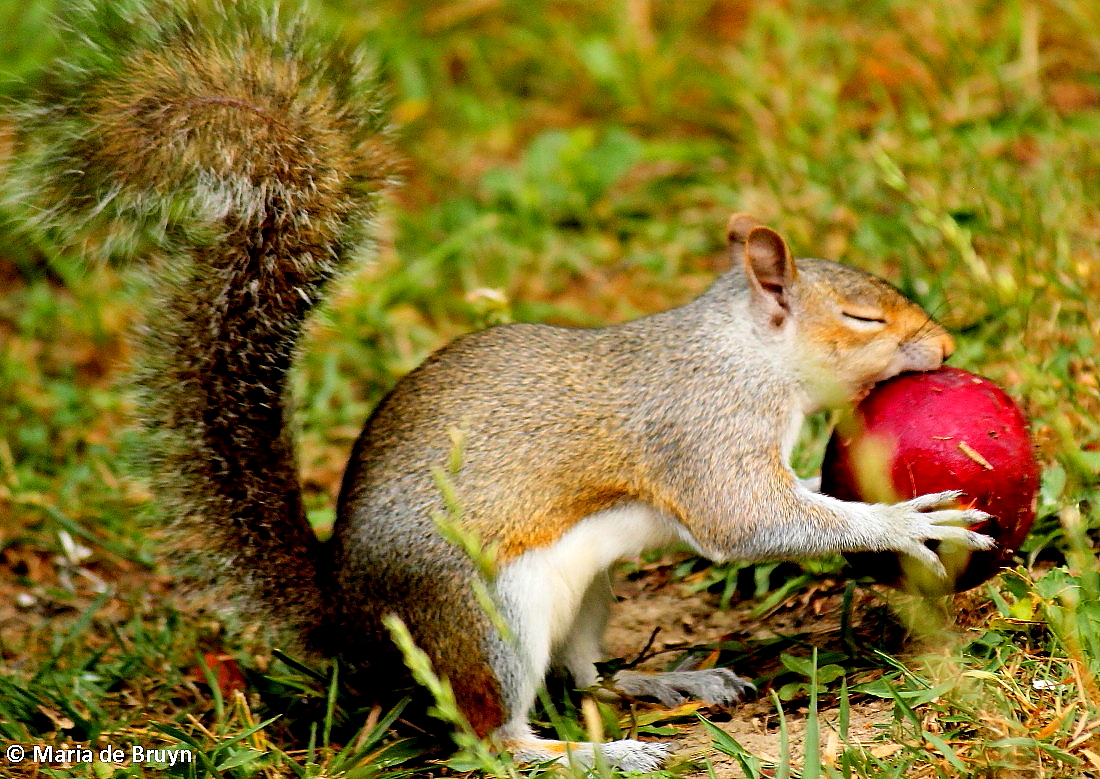
What are interneurons also known as?
Relay neurons, because they relay signals, they transmit action potentials between sensory and motor neurons (both within the central nervous system). They can also act in the Enteric Nervous System, which plays a part in the peripheral nervous system.
